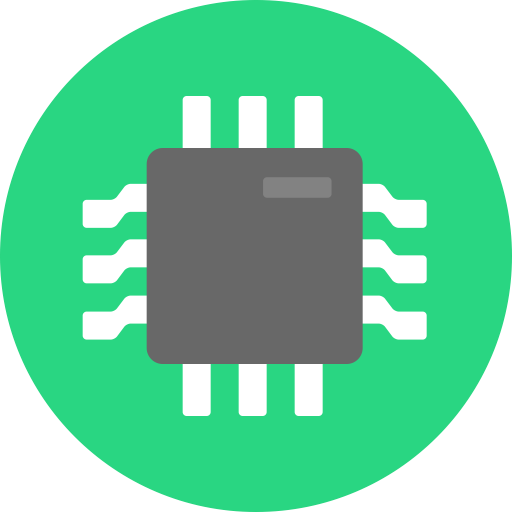

Yeah it sounds pretty wild already with some kind of, like, door knock mechanism using certificates? So you can’t scan for it. And some reverse engineering countermeasures.
Like everyone else, I have to wonder what libraries have been compromised in a way that nobody has noticed yet.





I have a feeling there are a lot of busy people trying to answer that question, now. Yikes.